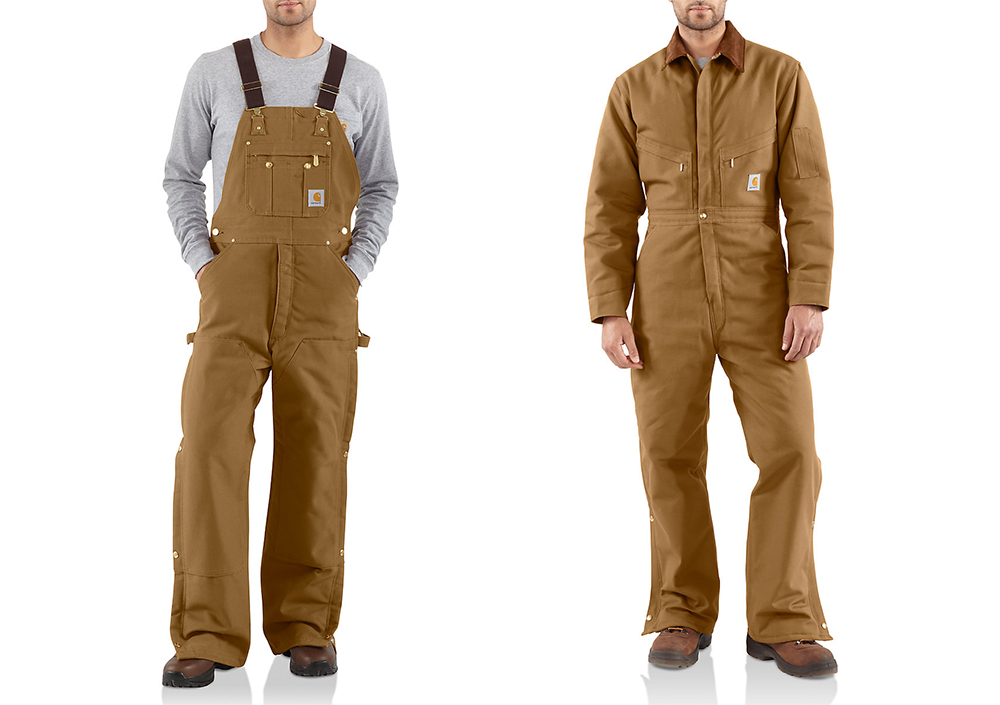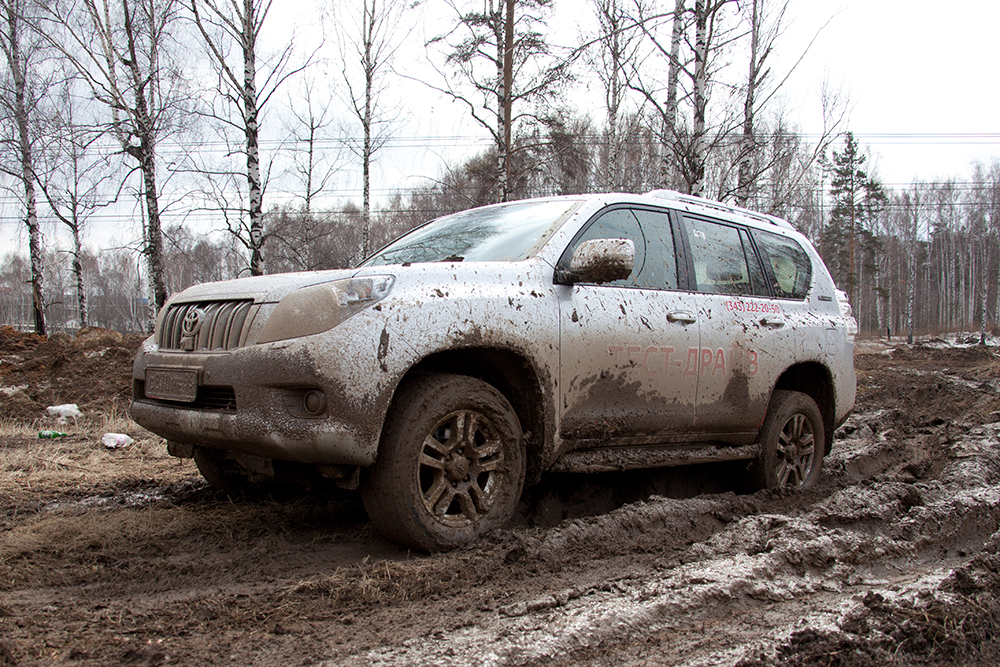RECOIL OFFGRID Preparation Reader’s Tip: Insulated Outerwear For Winter Driving Survival
In This Article
The following submission comes from an anonymous reader in a remote and often bitterly cold location. This reader, who goes by the nickname Mountain Goat, shared this information with us in the hope that it may help other readers become better prepared for cold weather survival, especially vehicle-based winter driving scenarios.
If your vehicle breaks down, gets stuck in the snow, or is otherwise disabled, it's essential to maintain your body's core temperature as you work to get unstuck. Retaining body heat becomes an even greater priority if you're forced to leave your stranded vehicle and survive on foot. This reader's advice can help you consider apparel layering options that'll keep you warm and dry.
While Mountain Goat requested that we omit his name, he asked that we share his email address for any readers who wish to contact him for more details. He can be reached at mudsnowchains@gmail.com.

We live quite a bit off the grid, 30-40 miles off pavement on dirt roads. These roads are so remote and rugged that it can take 2-3 hours round trip to visit our nearest neighbors, even though they are only a few miles away. And that's in dry weather! I carry survival gear, tools, food and water for these trips — but that's what we should all do at all times anyway.
To clearly explain my insulated outerwear setup for winter driving survival, let me discuss the difference between bib overalls (bibs) and coveralls. Bib overalls are what you may visualize a farmer wearing. They cover a person from the chest to the ankles and have built-in suspenders but no sleeves. Coveralls are what a mechanic may wear, and they're sometimes called a jumpsuit or jumper. They cover the person from the neck and shoulders to the wrists and ankles.

Bibs (left) and coveralls (right) can be combined in layers to provide better cold-weather protection.
I try to be dressed for the weather at all times or have weather-appropriate clothing with me. This is essential in case I want to get out of the vehicle for recreation, an unexpected need, or simply to walk from my vehicle to the store. In winter that can mean rugged pants, insulated bibs, several shirts, a heavy jacket, a spare jacket and warm hat, along with my extensive EDC gear. Of course, in a rainy season that would include full rain gear as well.
So here's my tip: in my vehicle, I always keep a pair of oversized insulated coveralls, two sizes larger than my normal clothes listed above. Since I normally wear size large, that's XXL coveralls. Why XXL coveralls? Well, the coveralls have got to fit over everything that I'm already wearing.
The question here is not if but when I either get stuck or need to get out and put on tire chains to avoid getting stuck. It's actually not uncommon since we get snow and slush in winter and rain in summer. It's rare but occasionally I have to get out and walk. The only way to reasonably avoid it would be to stay put when I really need to be traveling for some reason, and that is not my style. Plus, I actually enjoy this stuff.

Kneeling or laying down in mud or snow to work on a stuck vehicle can lead to rapid loss of body heat.
So, if I need to get out and shovel the tires out, lay in the freezing slush, put on tire chains, and so on, I'm pretty well protected. Then when I'm done, I can take the coveralls off and my regular clothes are fairly clean and dry. Plus, if I need to sleep in the vehicle, I can put on the insulated coveralls in lieu of a sleeping bag. Add wool socks and/or wrap a spare jacket around my feet, and while I may not be exactly comfortable, I'll be warm enough to doze a bit and survive below freezing temperatures.
I've done some online research on snowmobile suits — I expect these would be more water resistant than standard coveralls, but less rugged and more expensive. What I initially found is that snowmobile suit prices start at $100 at Walmart and $200 at Cabela's, and then continue up to more than $1,000. When I get time, I plan to check out and compare the $100 and $200 ones.
By the way, in case someone is unfamiliar with insulated coveralls, here's a description.
Picture the mechanics coveralls you may wear when working on your vehicle. Then make them from more rugged material, and add insulation like a heavy jacket. Some have a permanently-attached hood. If the hood is the zip-off type, I would do a bit of hand sewing at the end of the zipper so the hood can't be removed and wind up missing when you need it. The legs have zippers in them so you can get them on without having to remove your boots. Now you're covered from the top of your head to your ankles. They are available from companies like Carhartt, Dickies, Walmart, Cabela's, REI, Sportsman's Warehouse, Aramark, and Oversize Outfitters.
The only flaws I've found in my system are that the oversized coveralls are about 6 inches too long in the legs. Even though I know how to sew, I haven't gotten around to hemming them up. Also, the zippers don't hold up in mud, and I have yet to create a workaround to hold the front closed after the zipper has failed. Thankfully, they still work fine for clomping around the pickup and laying in the mud. I guess I need to get a round tuit.
So, to be prepared for winter driving I suggest that you get some oversized insulated coveralls — don't be like me, take them to a tailor if you have to and get the legs hemmed up so they're not too long — and throw them in your vehicle. As the saying goes, “better to have them and not need them, than to need them and not have them.”
You can also use your coveralls as ground cover to lay on, or wear them if you need to work on your vehicle. You can even use them for a kneeling pad while adding air or changing a tire — this keeps the gravel from digging into your knees.
However you use your insulated outerwear, it provides an outer layer for numerous eventualities. So it's probably best to just keep them in the vehicle year round, so you won't misplace them. They certainly won't do you much good sitting in your garage.
Above, I'm pictured in typical clothing on a mild winter day. On one arm I'm holding my insulated bibs. They are XL, 10 inches larger than my regular waist size. I prefer bibs with a full-length zipper down the front, as opposed to a one-piece front with a fly type zipper like on regular pants. This design makes them easier to get on, and gives easier access to stuff on or inside my regular clothes. I can also unzip them to keep from getting overheated.
The bibs in the photo happen to be Walls brand from Walmart. The suspenders are adjustable, so once I get them adjusted I hand-sew the position so it stays. If you look closely where the suspenders attach to the bib you'll see a clip that hooks to a brass button, I like to squeeze that clip together with pliers so the suspenders are permanently attached to the bib. Be gentle if you try this. One time I must have squeezed too hard and I broke the clip. It isn't replaceable so I had to tie it together with a piece of haywire.
In my other hand is a neck gaiter. I currently get my neck gaiters from truck stops, but like the bibs, these are available many other places.
In this photo, I've added a layer and have the XXL insulated coveralls on one arm, and a really warm hat with ear flaps on the other. One of my friends told me that in a cold weather survival situation, if you have to choose between a hat and boots, “take the hat — you can live without feet, you can't live without your head!”
Here I've added the heavy jacket and the hat which snaps under my chin, handy when laying in the slush. Putting the insulated coveralls on top of all this, you'll understand why they are two sizes too big — probably about 16 inches larger than my normal waist size. I currently get these hats at the same truck stops as the neck gaiters. One interesting subplot about these hats: they all have the same company label, but different colors are differently-insulated! So, I basically ignore the color and feel for the thickest insulation. Thankfully the pink ones weren't the warmest.
Do you have a survival-related reader's tip to share with us? If so, we want to hear it. Click here to send an email to our web editor.
 STAY SAFE: Download a Free copy of the OFFGRID Outbreak Issue
STAY SAFE: Download a Free copy of the OFFGRID Outbreak Issue
No Comments